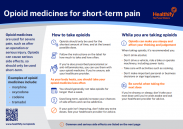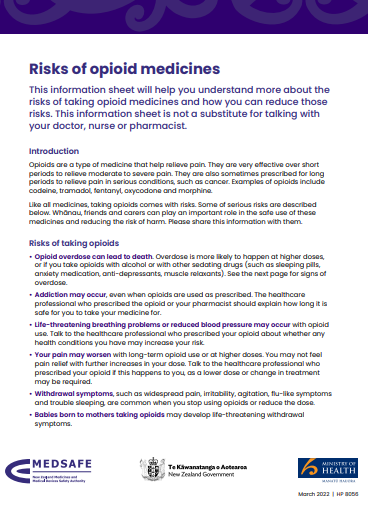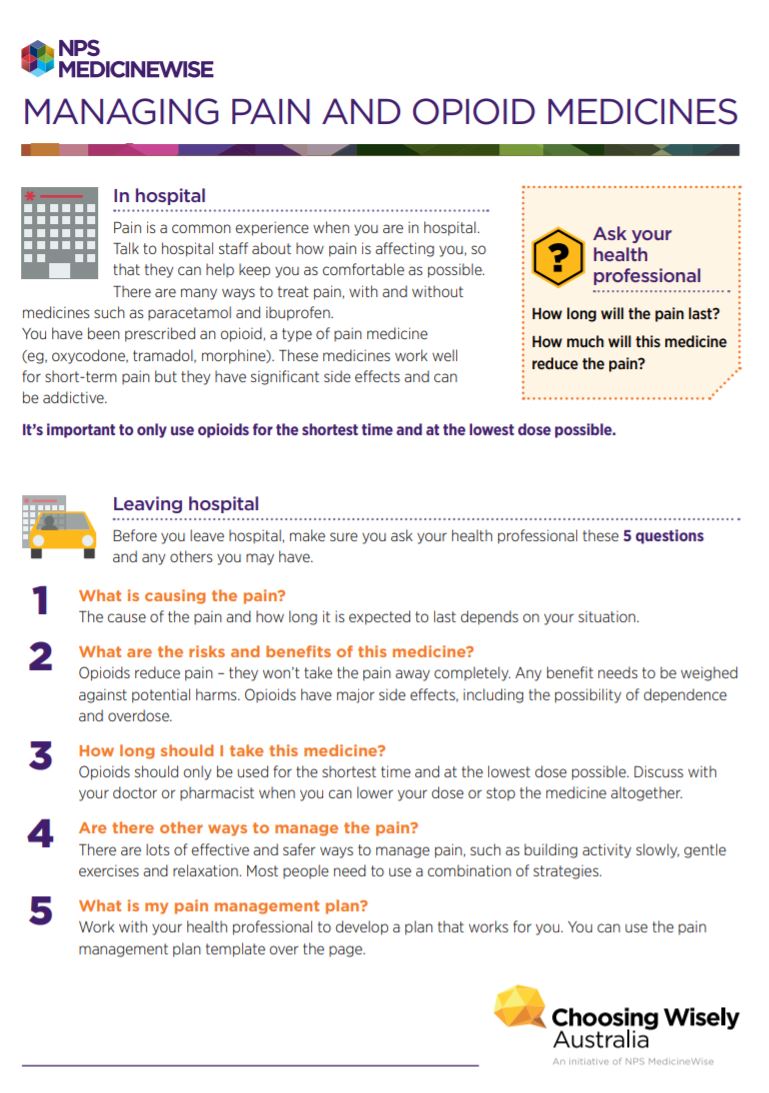Here are some things to know when you're taking tramadol. Other things may be important as well, so ask your healthcare provider what you should know about.
Other medicines
Your doctor may recommend taking non-opioid pain relievers such as paracetamol and NSAIDs (ibuprofen, diclofenac, naproxen) as well. If taken regularly, they can reduce how much tramadol you need to take and also reduce any side effects of tramadol.
Do not take other opioid medicines without checking with your doctor.
If you are taking any other medicines or starting a new medicine, check with your doctor or pharmacist to make sure they are safe to take with tramadol. This includes any medicines you buy without a prescription (over the counter), such as herbal and complementary medicines or recreational drugs.
Alcohol
This medicine can be dangerous if you have taken alcohol or other medicines that can make you sleepy, if you exceed your recommended dose, or if you are particularly sensitive to its effects. Stop treatment and seek medical attention if you experience excessive sleepiness, difficulty waking, confusion, shallow breathing, or nausea and vomiting. Read more about taking opioids safely.
Driving
This medicine may make you sleepy. Be careful when driving or using tools until you know how this medicine affects you. Read more about driving and medicines.
| Tramadol is addictive |
- It is unusual for people who are prescribed tramadol for a short time or for a terminal illness to become addicted to it. Some people are more likely to develop addiction than others and seem to be very sensitive to the cravings.
- You may be at risk for addiction if you have mental health problems such as depression or a history of substance abuse, including alcohol and recreational drugs.
- To reduce your risk of addiction, tramadol for short-term pain relief should be used for the shortest possible time, at the lowest effective dose, with a plan in place to reduce and withdraw treatment.
- If you're addicted to tramadol, you may find it difficult to stop taking it or feel you need to take it more often than necessary. Talk to your doctor if you're worried about addiction or if you want to know more about how to prevent withdrawal symptoms.
|









